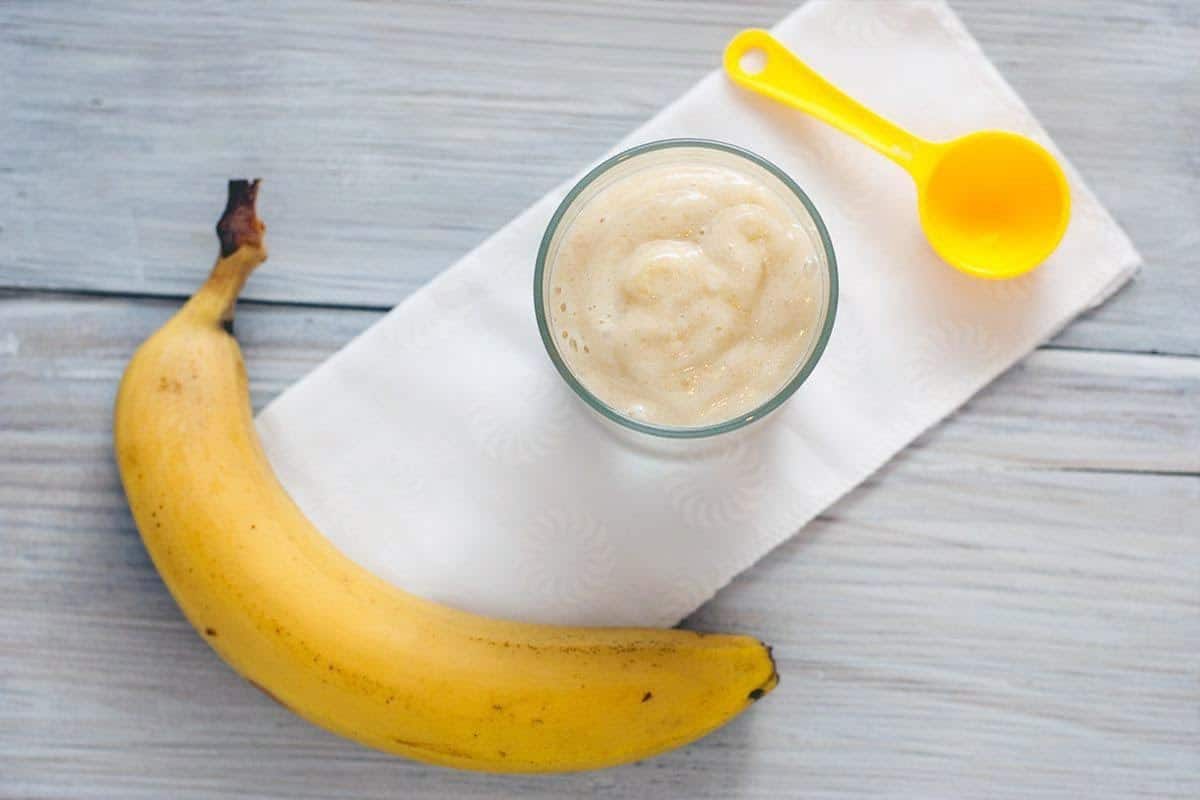

Articles
How To Store Banana Puree For Baby
Modified: November 2, 2024
Learn how to store banana puree properly for your baby. Find helpful articles and tips on preserving the freshness and nutrients of homemade banana puree.
(Many of the links in this article redirect to a specific reviewed product. Your purchase of these products through affiliate links helps to generate commission for Storables.com, at no extra cost. Learn more)
Introduction
Introducing solid foods to your baby is an exciting milestone in their development. As a parent, you want to ensure that your little one receives all the necessary nutrients while also enjoying a variety of flavors. One popular option for baby food is banana puree, which is not only nutritious but also easy to prepare and store.
Bananas are a great choice for introducing solids to your baby due to their soft texture and mild taste. They are packed with essential nutrients such as potassium, vitamin C, and dietary fiber, making them a healthy addition to your baby’s diet. In this article, we will explore the benefits of banana puree for babies, provide step-by-step instructions on making and storing banana puree, and share some helpful tips along the way.
Key Takeaways:
- Introduce banana puree early to develop your baby’s palate and provide essential nutrients for healthy growth. Follow simple steps to make and store banana puree, ensuring freshness and convenience.
- Freeze banana puree in small portions for up to 3 months, and thaw it safely for a quick and nutritious meal. Always prioritize safety and hygiene when handling baby food.
Read more: How To Store A Banana
Benefits of Banana Puree for Babies
Banana puree offers a range of benefits for your baby’s growth and development. Here are some key advantages of including banana puree in your baby’s diet:
- Rich in vital nutrients: Bananas are an excellent source of essential nutrients like potassium, vitamin C, and dietary fiber. These nutrients are crucial for your baby’s overall health, supporting their immune system, promoting healthy digestion, and aiding in the development of strong bones and teeth.
- Easy to digest: The soft texture of banana puree makes it easy for babies to chew and swallow. Bananas are naturally gentle on the stomach and are often recommended for babies who are just starting on solid foods or those with sensitive tummies.
- Natural energy boost: Bananas are known for their high carbohydrate content, which provides a quick and easily digestible source of energy. Including banana puree in your baby’s meals can help keep their energy levels up throughout the day.
- Promotes healthy growth: Bananas are also a good source of essential vitamins and minerals that support healthy growth and development. These include vitamin B6, which aids in brain development, and iron, which is important for the production of red blood cells.
- Supports bowel movements: The dietary fiber in bananas helps regulate bowel movements, preventing constipation in babies. This is particularly beneficial when transitioning to solid foods, as it helps maintain a healthy digestive system.
- Natural sweetness: Bananas have a naturally sweet taste that appeals to babies’ taste buds. Introducing banana puree early on can help develop your baby’s palate and make them more receptive to trying other fruits and vegetables.
It’s important to note that while bananas have numerous benefits, they should still be introduced as part of a varied and balanced diet. It’s always a good idea to consult with your pediatrician before introducing any new foods to your baby and to monitor for any signs of allergies or sensitivities.
Making Banana Puree for Baby
Making banana puree for your baby is a simple and straightforward process. Follow these easy steps to prepare delicious and nutritious banana puree at home:
- Start by selecting ripe bananas that are slightly soft and have yellow skins with brown speckles. Ripe bananas are sweeter and easier to mash.
- Peel the bananas and cut them into small chunks. This will help speed up the blending process.
- Place the banana chunks in a blender or food processor. You can also use a fork to mash the bananas if you prefer a chunkier texture.
- Blend or mash the bananas until you achieve a smooth and creamy consistency. Add a little water or breast milk/formula if needed to reach the desired texture.
- For added variety, you can also mix the banana puree with other fruits like apples, pears, or berries.
Once the banana puree is ready, you can serve it immediately to your little one. However, if you have made a larger batch, or if you want to store it for later use, follow the tips below to ensure the quality and shelf life of the banana puree.
Tips for Storing Banana Puree
Storing banana puree properly is important to maintain its freshness and nutritional value. Here are some tips to help you store banana puree for your baby:
- Use clean and airtight containers: Transfer the banana puree to clean and airtight containers before storing. This will help prevent contamination and keep the puree fresh.
- Label and date: Always label the containers with the date of preparation. This will help you keep track of the freshness and ensure that you use the oldest batch first.
- Portion control: It’s a good idea to store the banana puree in smaller portions based on your baby’s serving size. This will allow you to thaw and use only the required amount, reducing waste.
- Refrigerate promptly: If you plan to use the banana puree within a few days, store it in the refrigerator. It can be kept refrigerated for up to 3 days.
- Freeze for longer storage: Freezing banana puree is an excellent option if you want to store it for a longer period. Frozen banana puree can last for up to 3 months.
Now, let’s explore the steps for both freezing banana puree and storing it in the refrigerator.
Store banana puree for baby in an airtight container in the refrigerator for up to 3 days. To store for longer, freeze in ice cube trays and transfer to a freezer bag once frozen. Thaw individual portions as needed.
Freezing Banana Puree
Freezing banana puree is a convenient way to store it for longer periods while retaining its flavor and nutrients. Follow these steps to freeze banana puree for your baby:
- Ensure that the banana puree is at room temperature before freezing. This will help prevent the formation of ice crystals and maintain the quality of the puree.
- Transfer the banana puree to a freezer-safe container or ice cube tray. If using an ice cube tray, fill each compartment with the puree.
- Cover the container or ice cube tray tightly with a lid or plastic wrap to prevent freezer burn.
- Place the container or ice cube tray in the freezer and allow the banana puree to freeze completely. This usually takes around 2-4 hours.
- Once frozen, remove the banana puree cubes from the ice cube tray and transfer them to a freezer-safe bag or container. Label the bag or container with the date of freezing.
- Place the bag or container back into the freezer and use within 3 months for best quality.
When you are ready to use the frozen banana puree, simply thaw the desired amount by transferring it to the refrigerator overnight or using the defrost setting on your microwave. Make sure to thoroughly stir the puree before serving to evenly distribute any separated liquid.
Remember to discard any leftover banana puree that has been sitting at room temperature for more than two hours, as it may become contaminated with bacteria. Always check the quality and smell of the banana puree before serving it to your baby.
Read more: How To Store Opened Pumpkin Puree
Storing Banana Puree in the Refrigerator
If you plan to use the banana puree within a few days, storing it in the refrigerator is a simple and convenient option. Follow these steps to store banana puree in the refrigerator:
- Allow the banana puree to cool to room temperature before refrigerating.
- Transfer the puree to a clean and airtight container. Glass containers with lids or BPA-free plastic containers are ideal for storing purees.
- Seal the container tightly to prevent air from entering, which can lead to the oxidation of the puree.
- Label the container with the date of preparation to help you keep track of the freshness of the puree.
- Place the container in the refrigerator and store it for up to 3 days.
It’s important to note that the consistency of banana puree may change slightly when refrigerated, as it may thicken or darken in color. However, this is normal and does not affect the taste or nutritional value of the puree.
When you are ready to use the refrigerated banana puree, simply scoop out the desired amount and warm it slightly by placing the container in a bowl of warm water or using the defrost setting on your microwave. Always stir the puree well before serving to ensure even distribution.
Remember to discard any leftover banana puree that has been sitting at room temperature or in the refrigerator for more than two hours, as it may become contaminated with bacteria. Safety and hygiene are essential when storing and handling baby food.
Thawing and Using Frozen Banana Puree
When it’s time to use the frozen banana puree, there are a few simple steps to follow to ensure it thaws properly and maintains its quality. Here’s how to thaw and use frozen banana puree for your baby:
- Remove the desired amount of frozen banana puree cubes from the freezer. If you stored the puree in a bag, you can take out the number of cubes you need.
- Transfer the frozen cubes to a microwave-safe dish or a small container.
- If using a microwave, heat the frozen banana puree in short increments using the defrost setting. Stir the puree after each interval to distribute the heat evenly and prevent hotspots. Be cautious not to overheat the puree, as it can become too hot for your baby.
- If you prefer to thaw the puree in the refrigerator, place the container with the frozen cubes in the fridge overnight. By morning, it should be fully thawed. Give it a gentle stir before serving.
- If you’re in a rush, you can thaw the frozen puree by placing the container in a bowl of warm water. Stir periodically until the puree reaches room temperature or your desired serving temperature.
Once the frozen banana puree is thawed, you can use it as you would with fresh puree. You can serve it alone or mix it with other pureed fruits or baby cereals for added variety and flavor. Remember to check the temperature of the puree before serving it to your baby, ensuring it’s warm and not too hot.
It’s important to note that frozen banana puree may have a slightly different texture compared to freshly made puree. The freezing process can cause the puree to become slightly watery or grainy. However, this doesn’t affect the taste or nutritional value of the puree and is perfectly safe for your baby to consume.
Always use thawed banana puree within 24 hours and discard any leftovers that have been sitting at room temperature or in the refrigerator for more than two hours. Practicing proper food safety is essential for your baby’s wellbeing.
By following these simple steps, you can easily thaw and use frozen banana puree to provide your little one with a delicious and nutritious meal.
Frequently Asked Questions about How To Store Banana Puree For Baby
Was this page helpful?
At Storables.com, we guarantee accurate and reliable information. Our content, validated by Expert Board Contributors, is crafted following stringent Editorial Policies. We're committed to providing you with well-researched, expert-backed insights for all your informational needs.
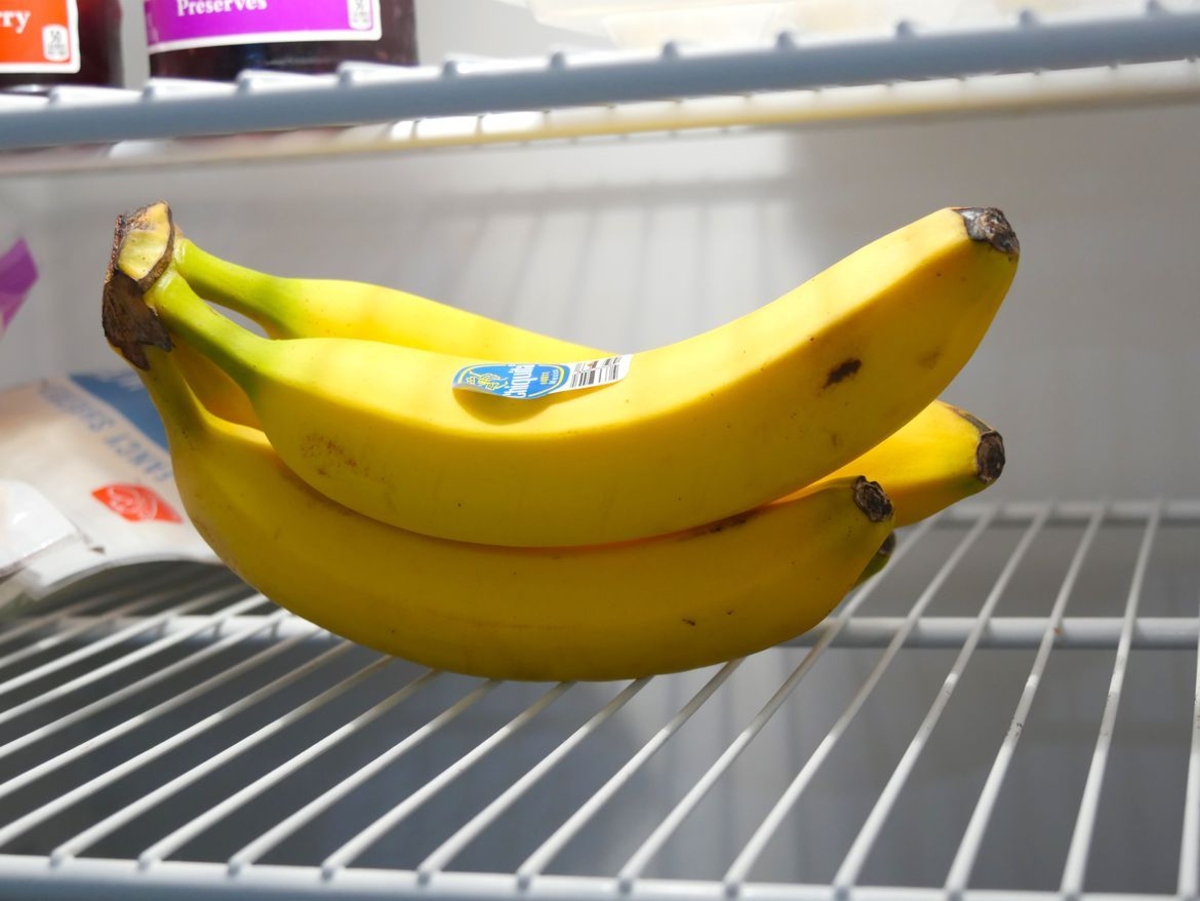
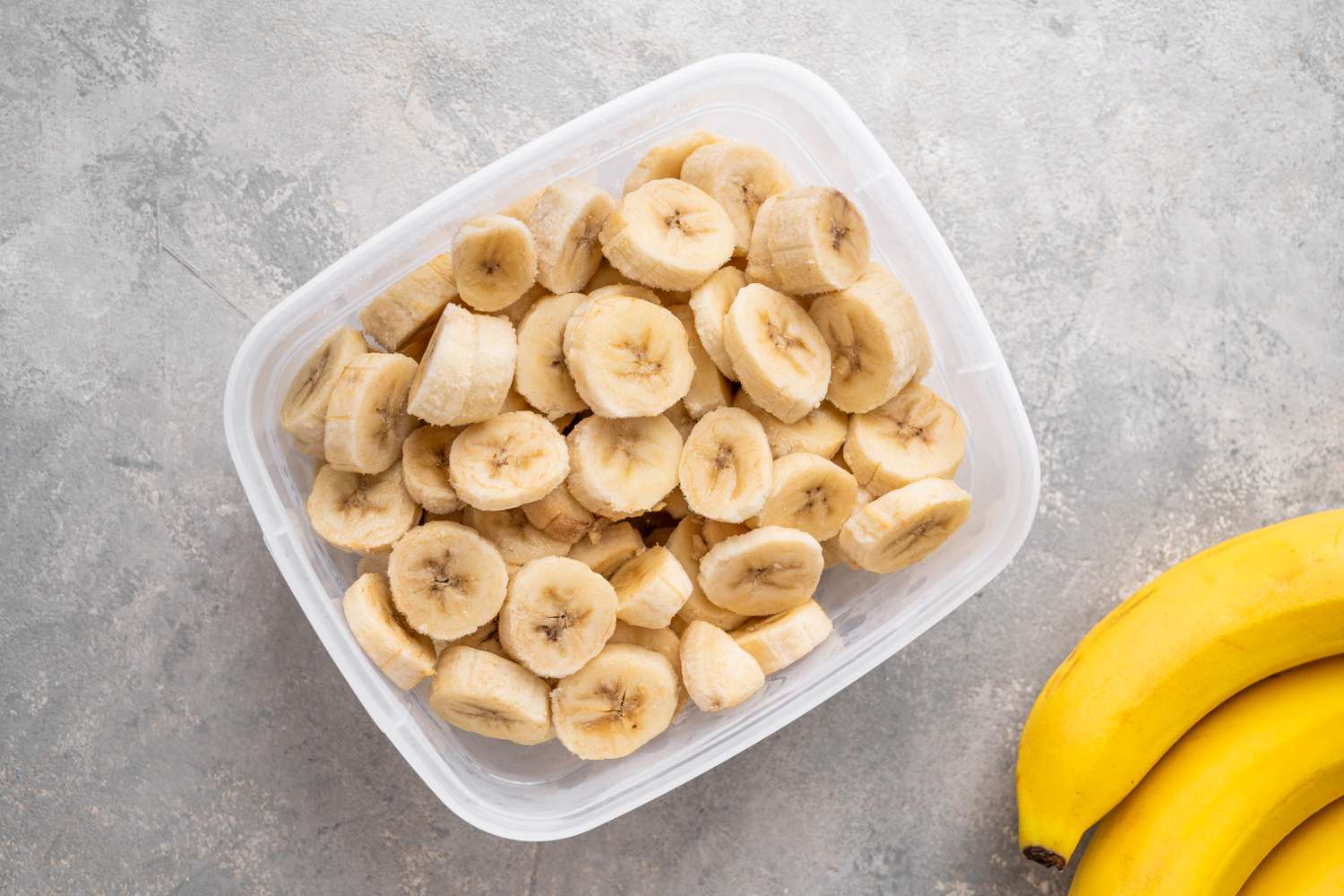
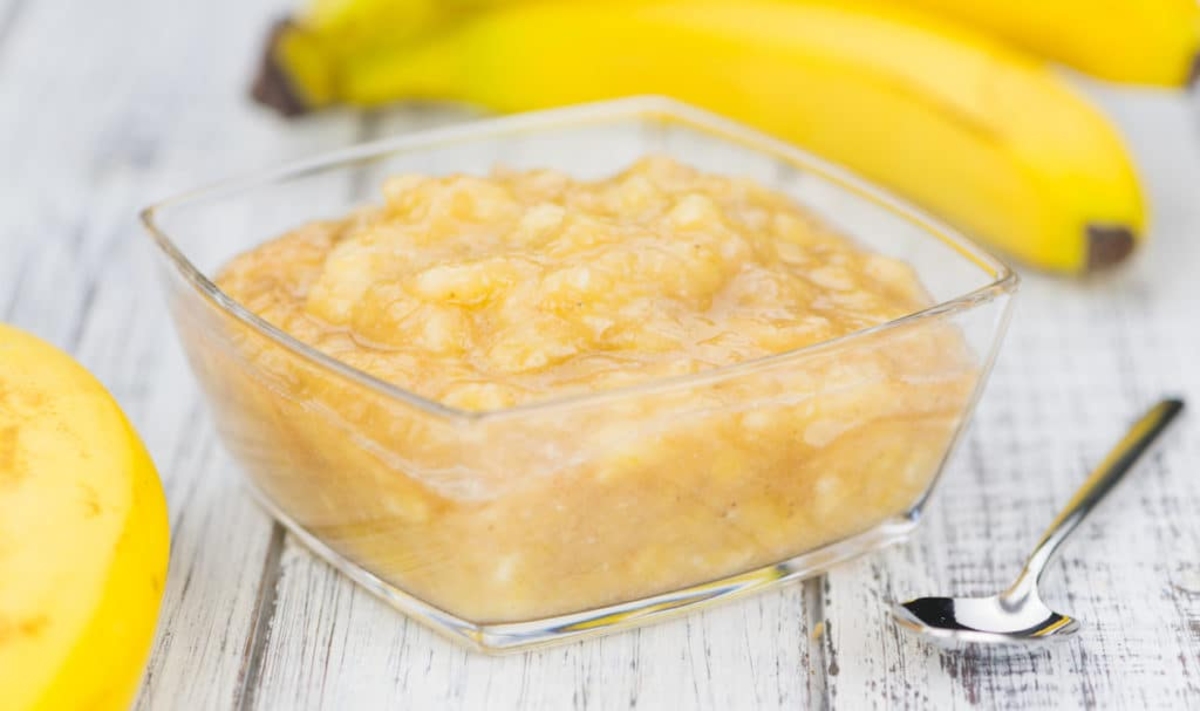
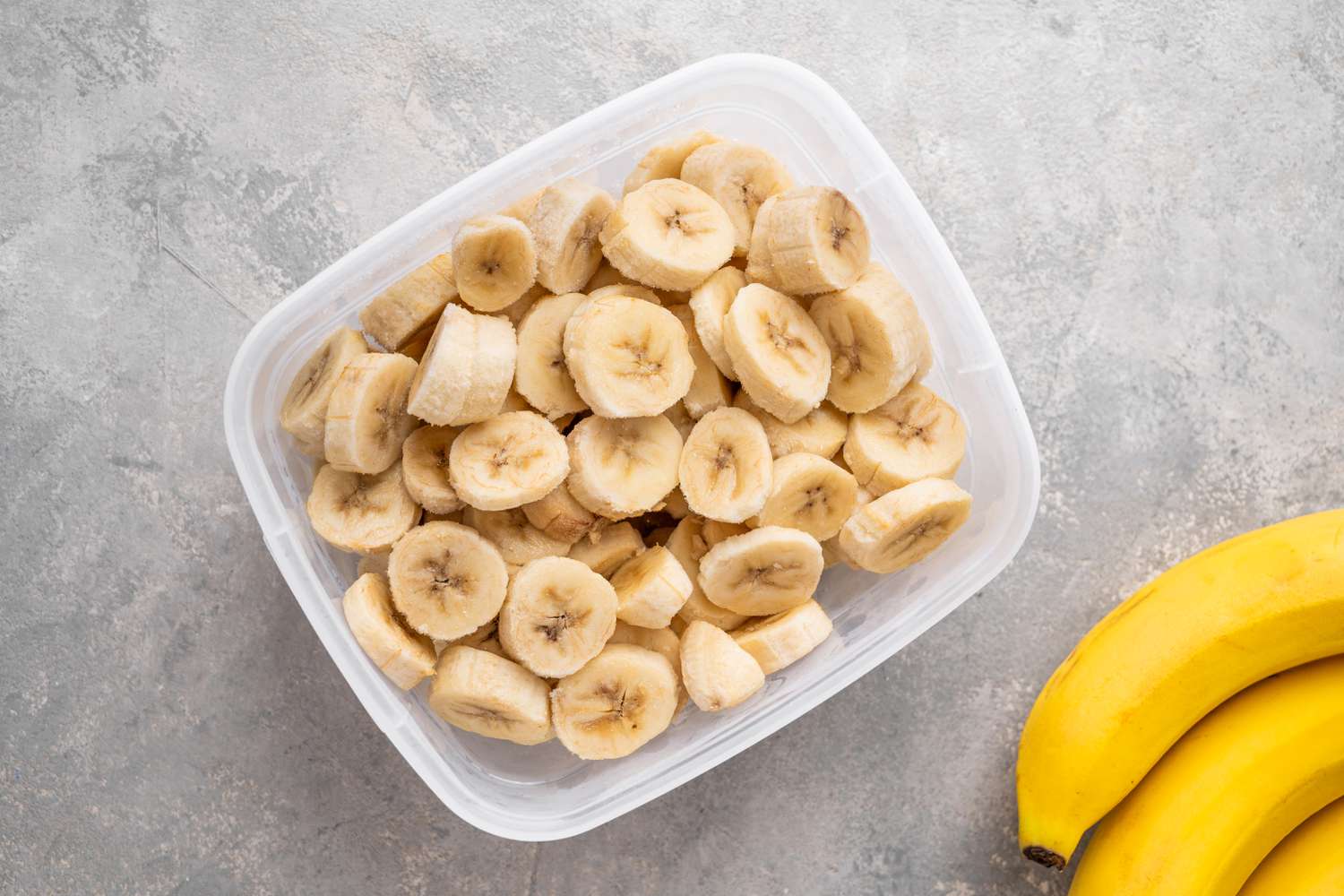
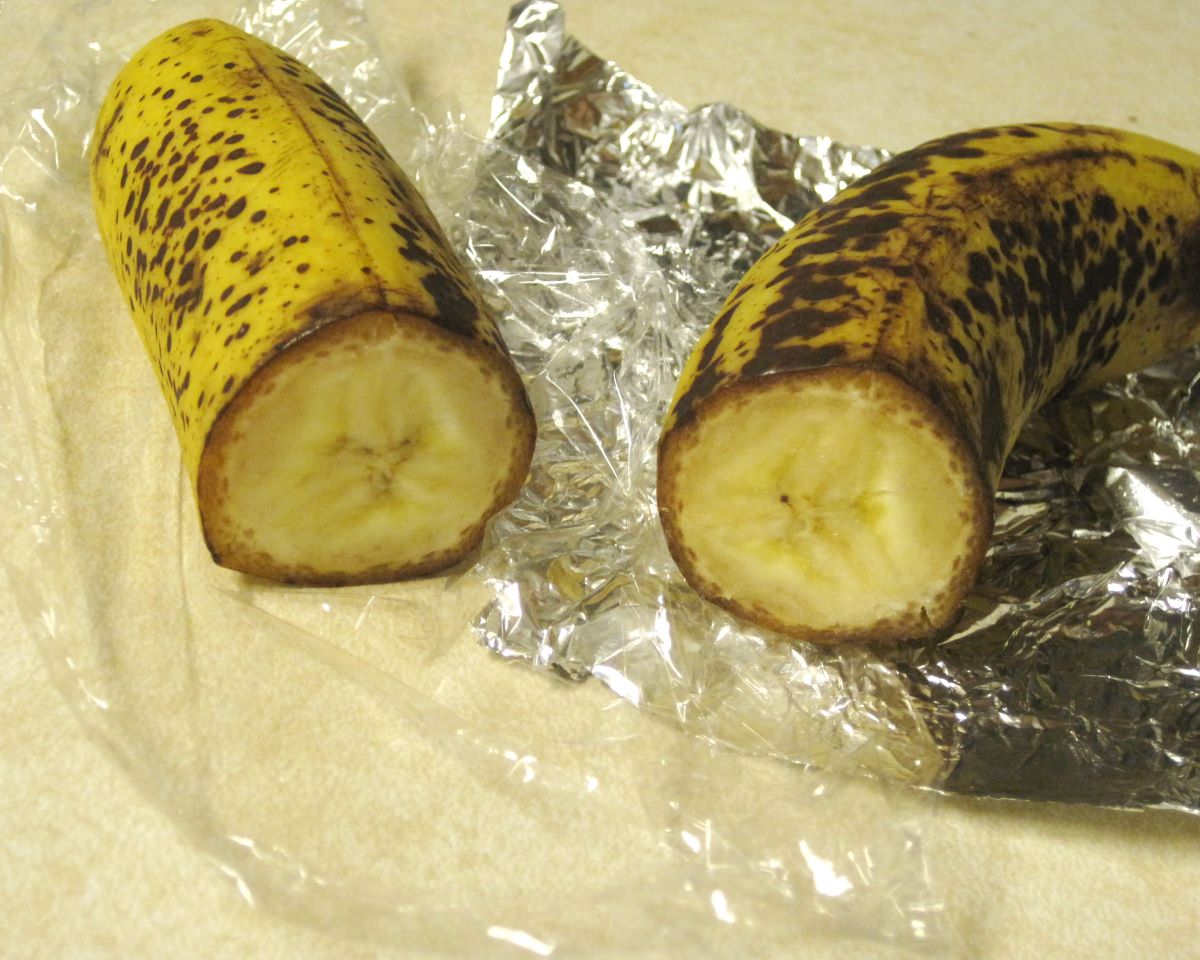
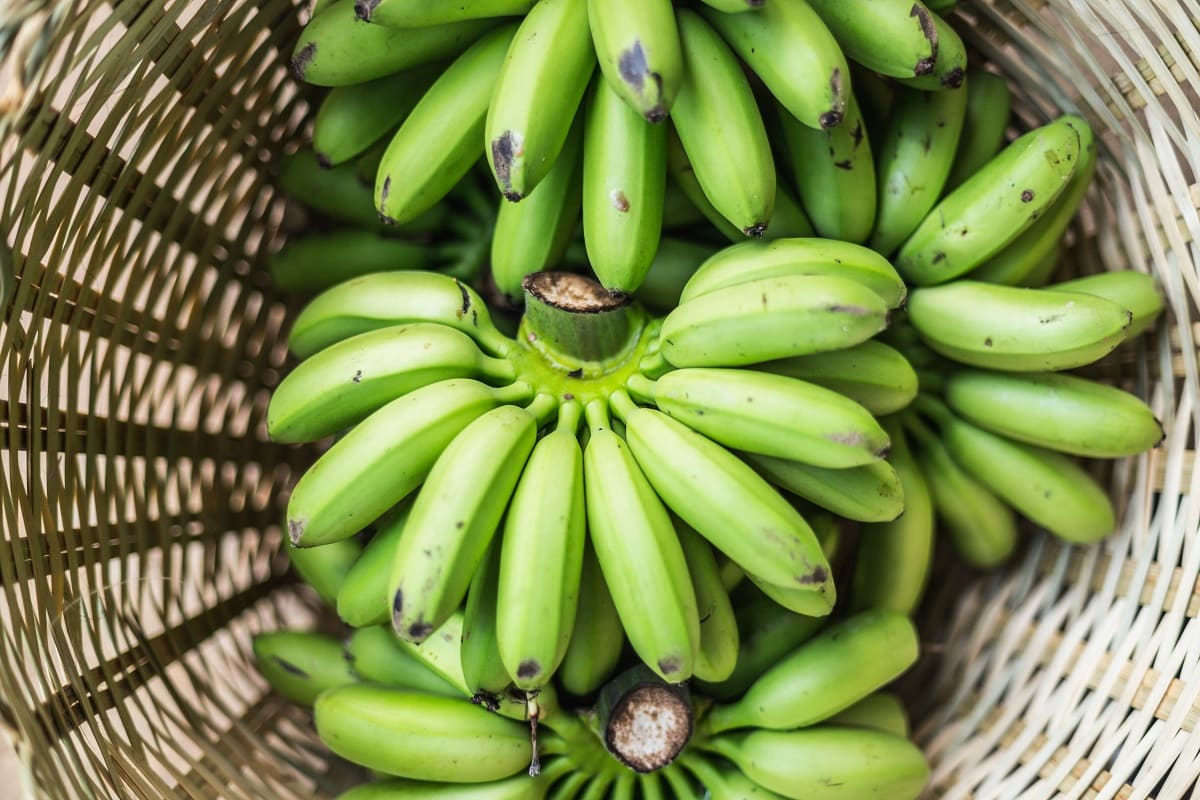
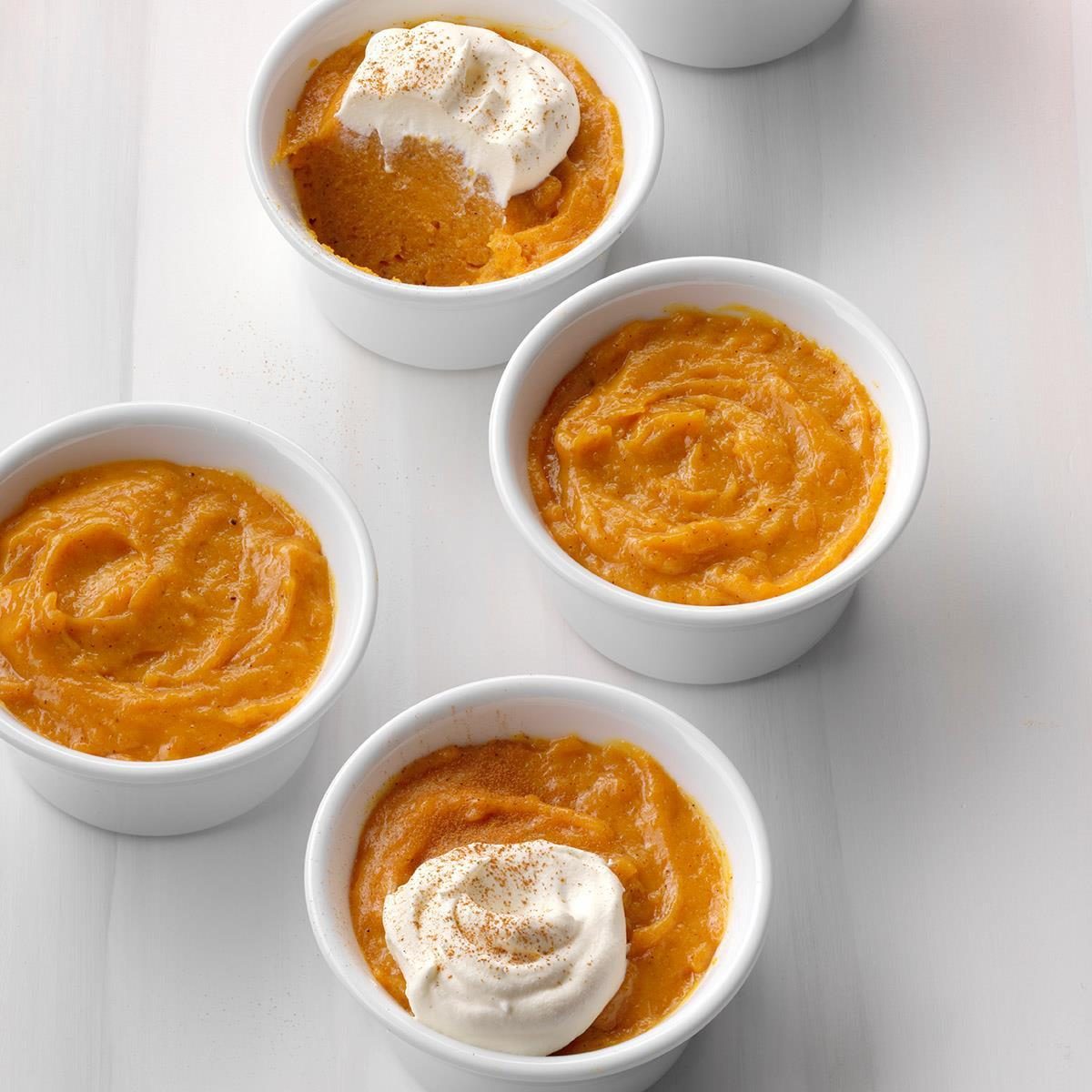
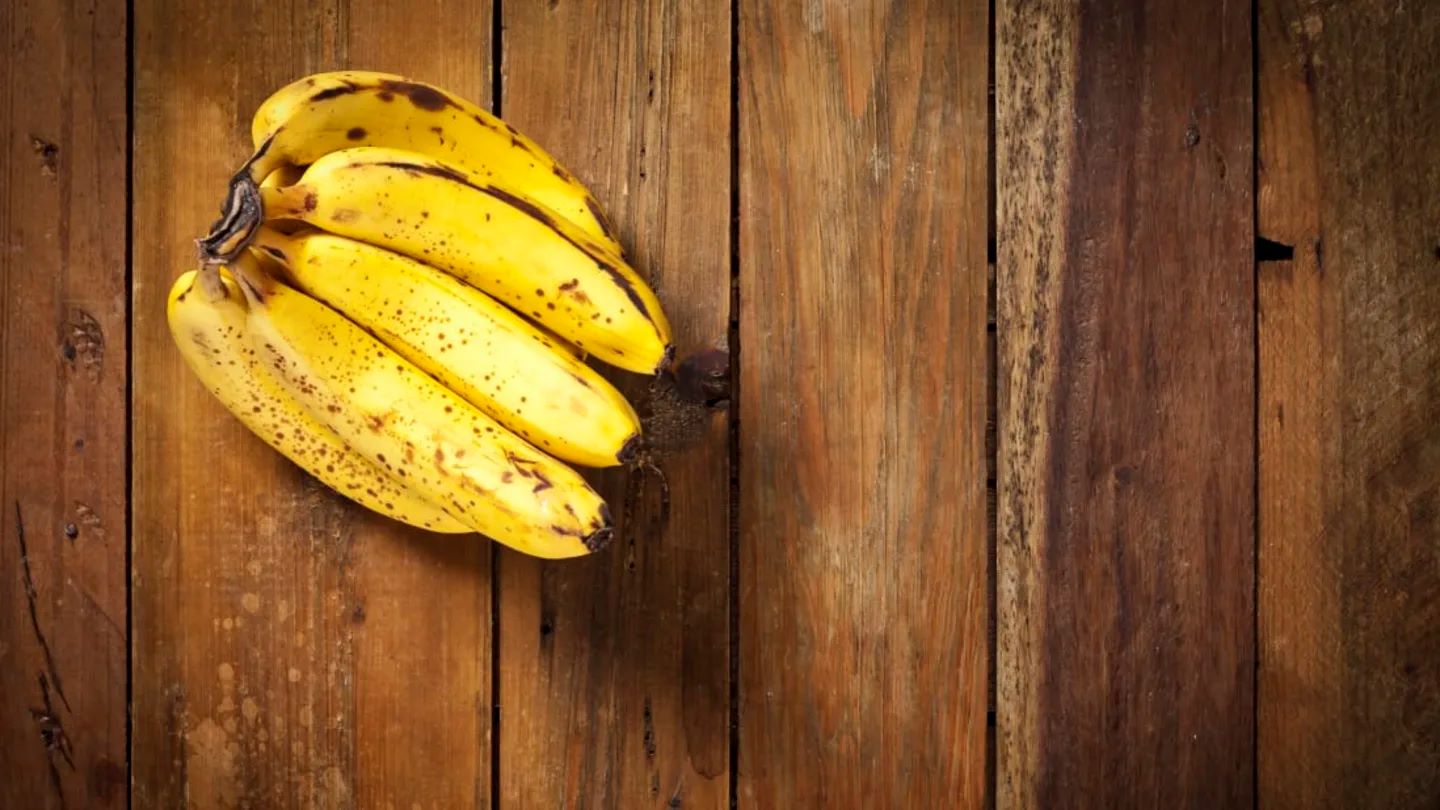
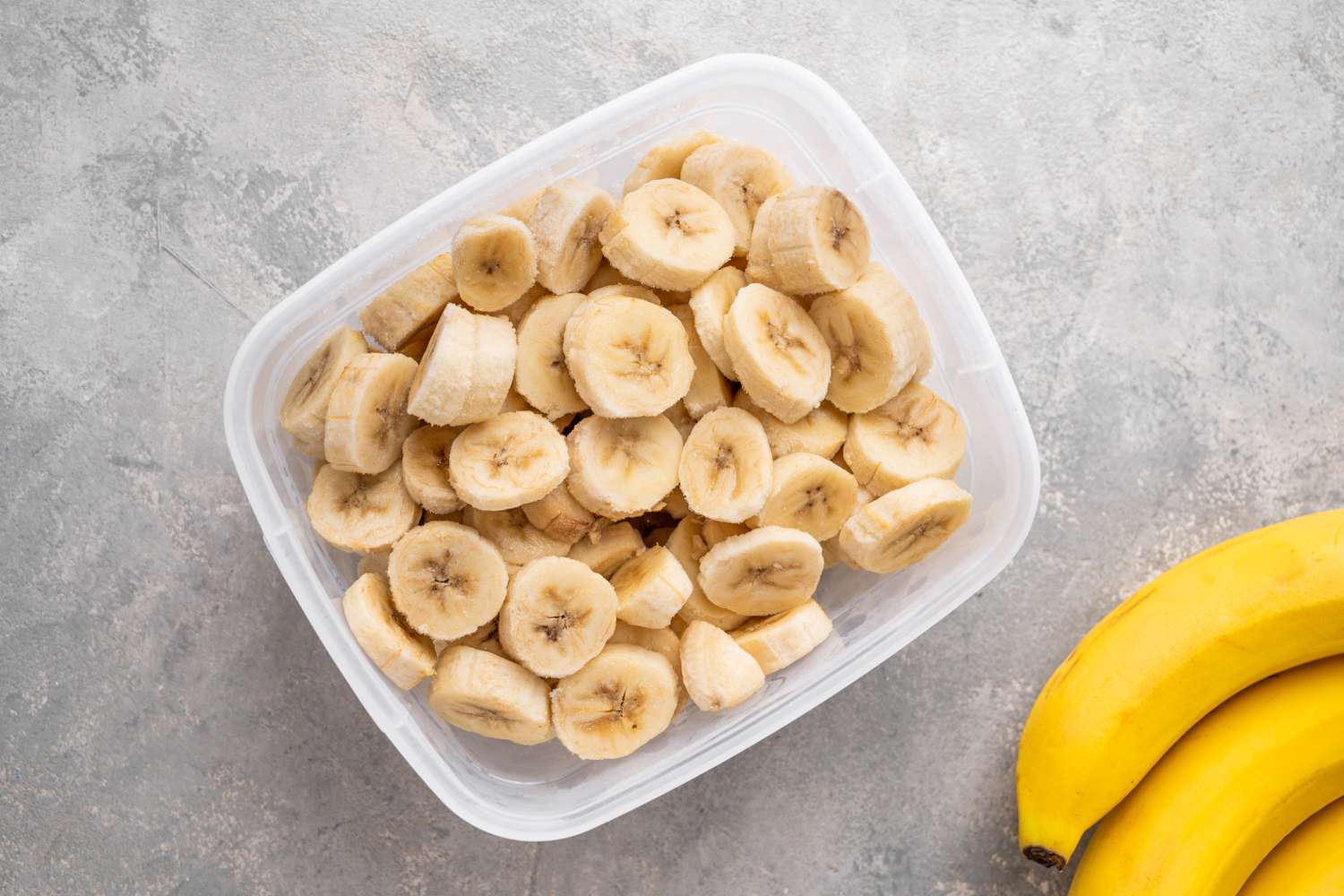
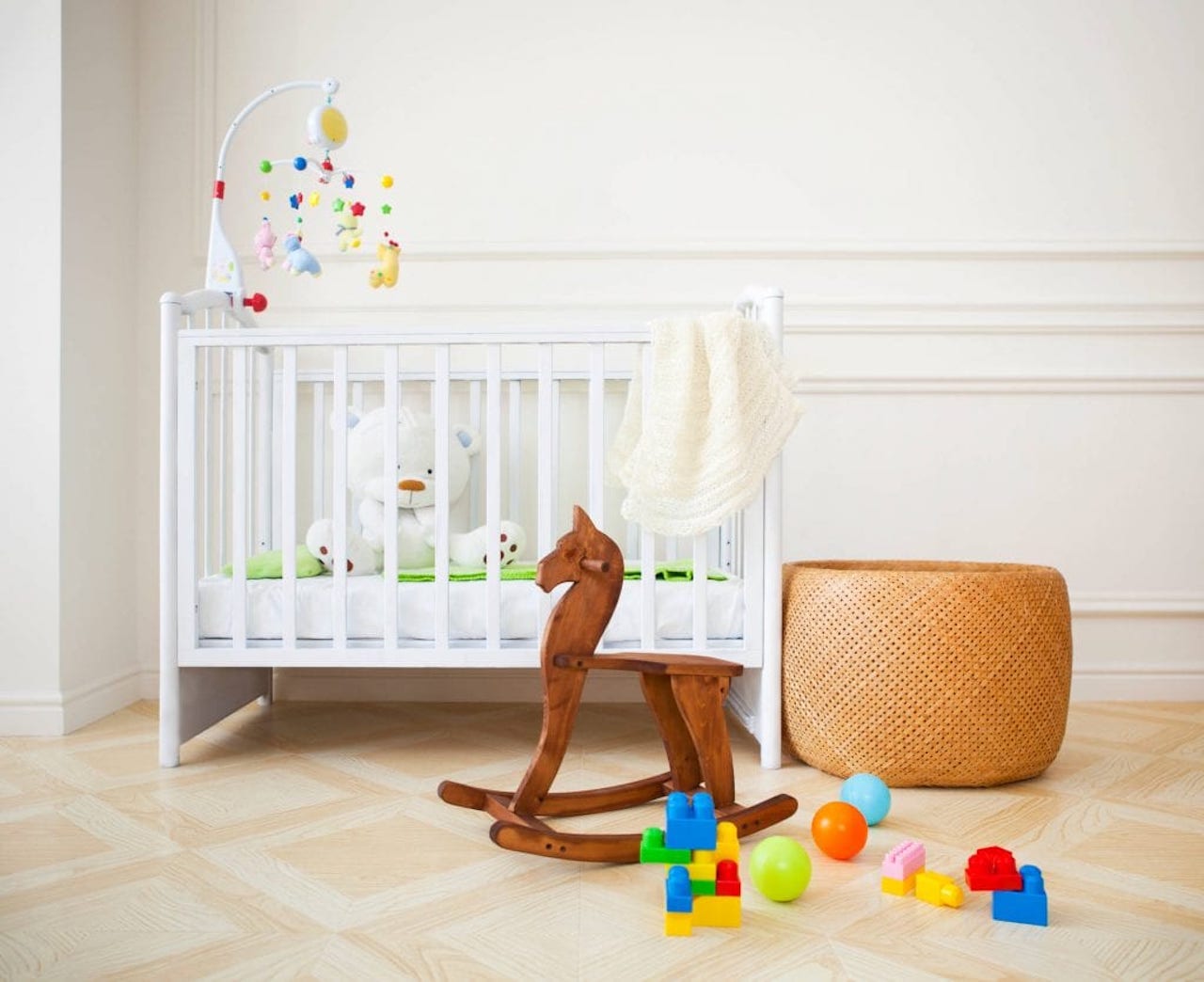
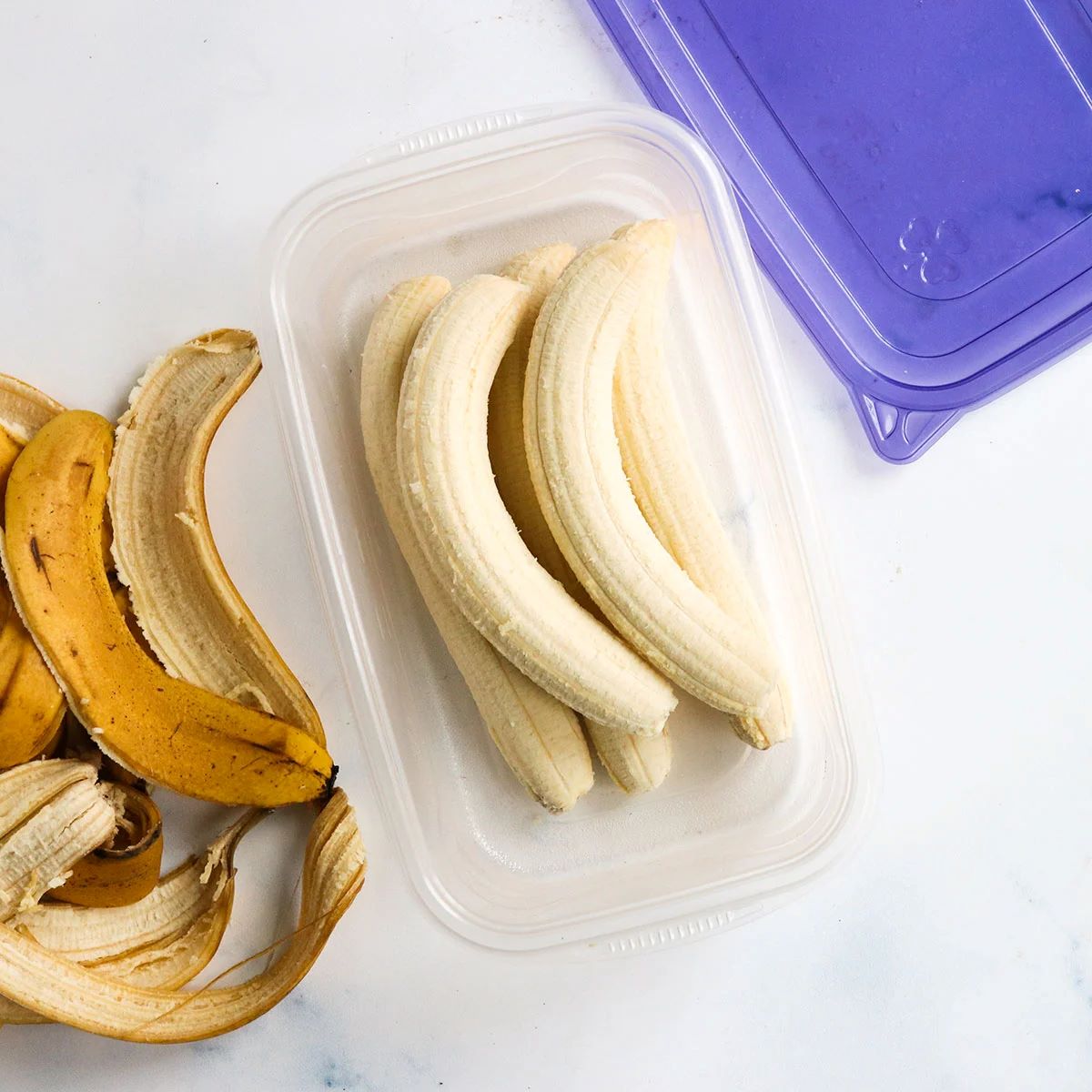
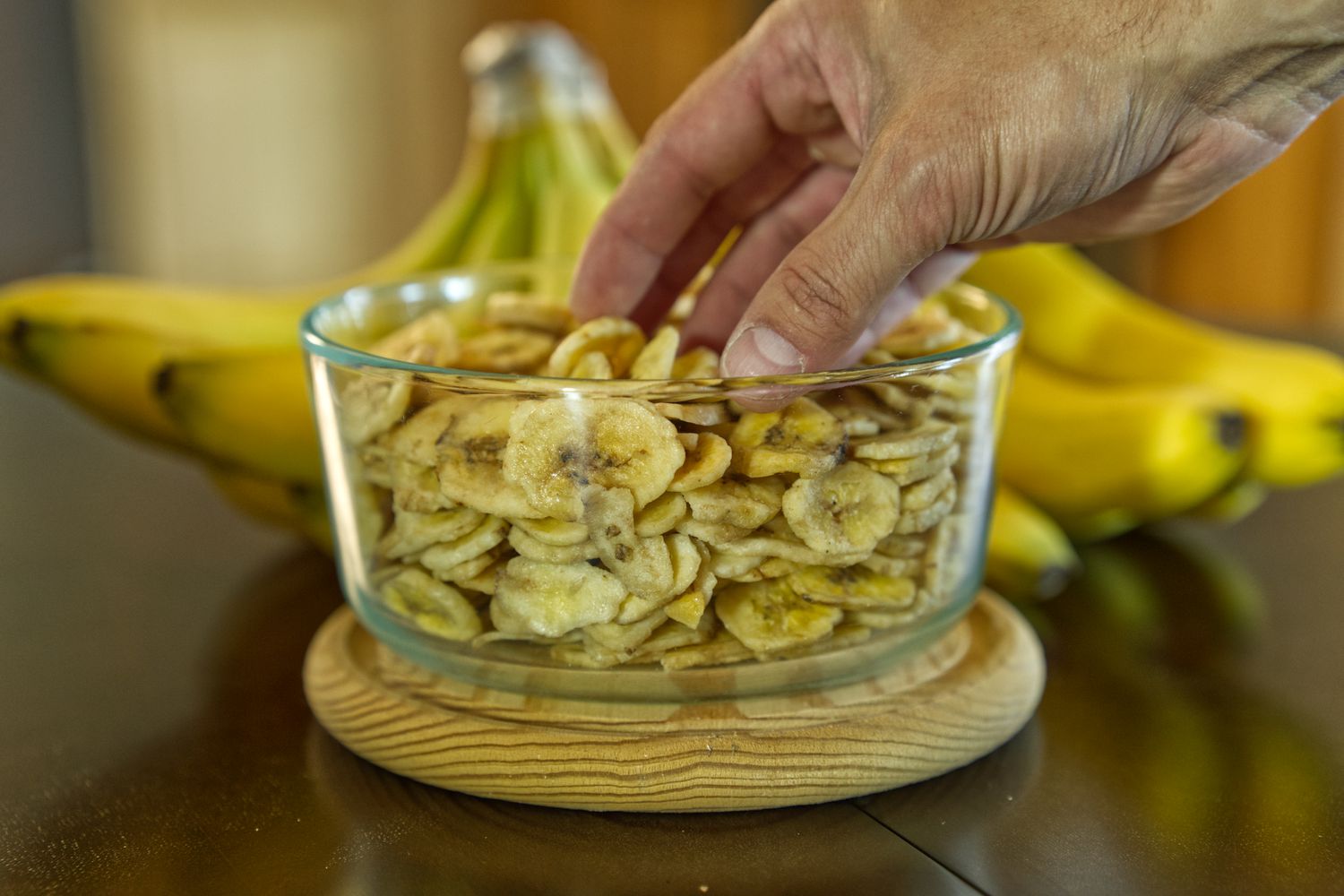
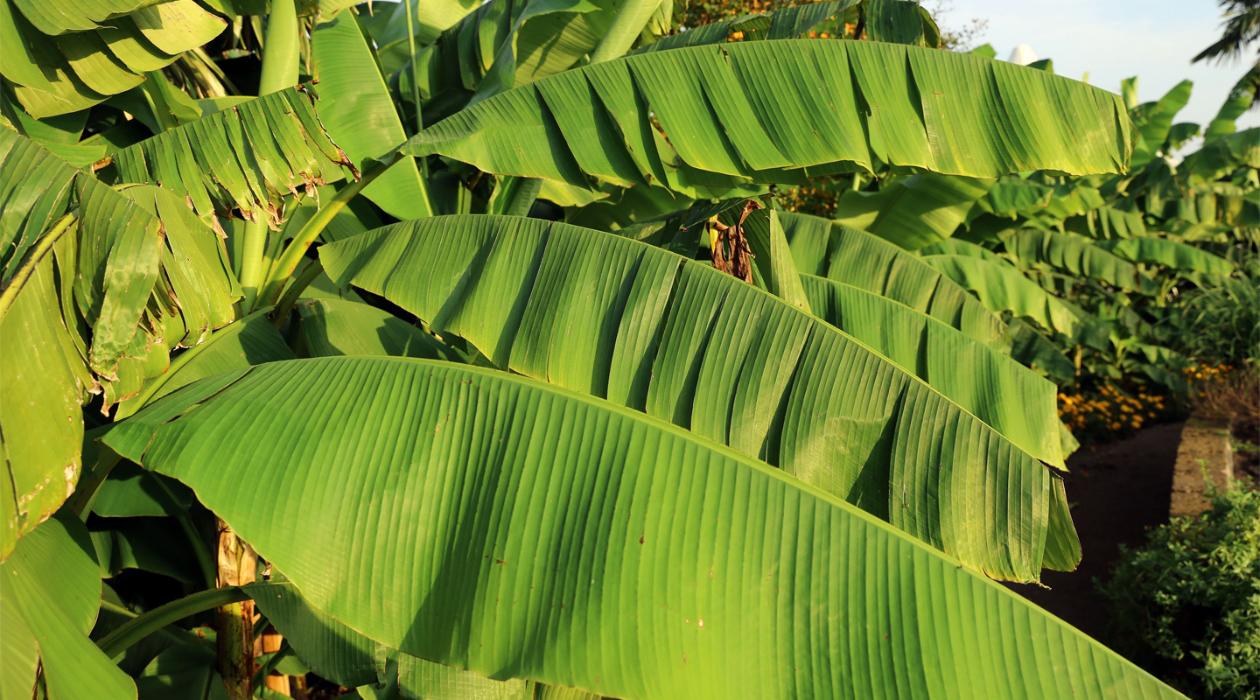
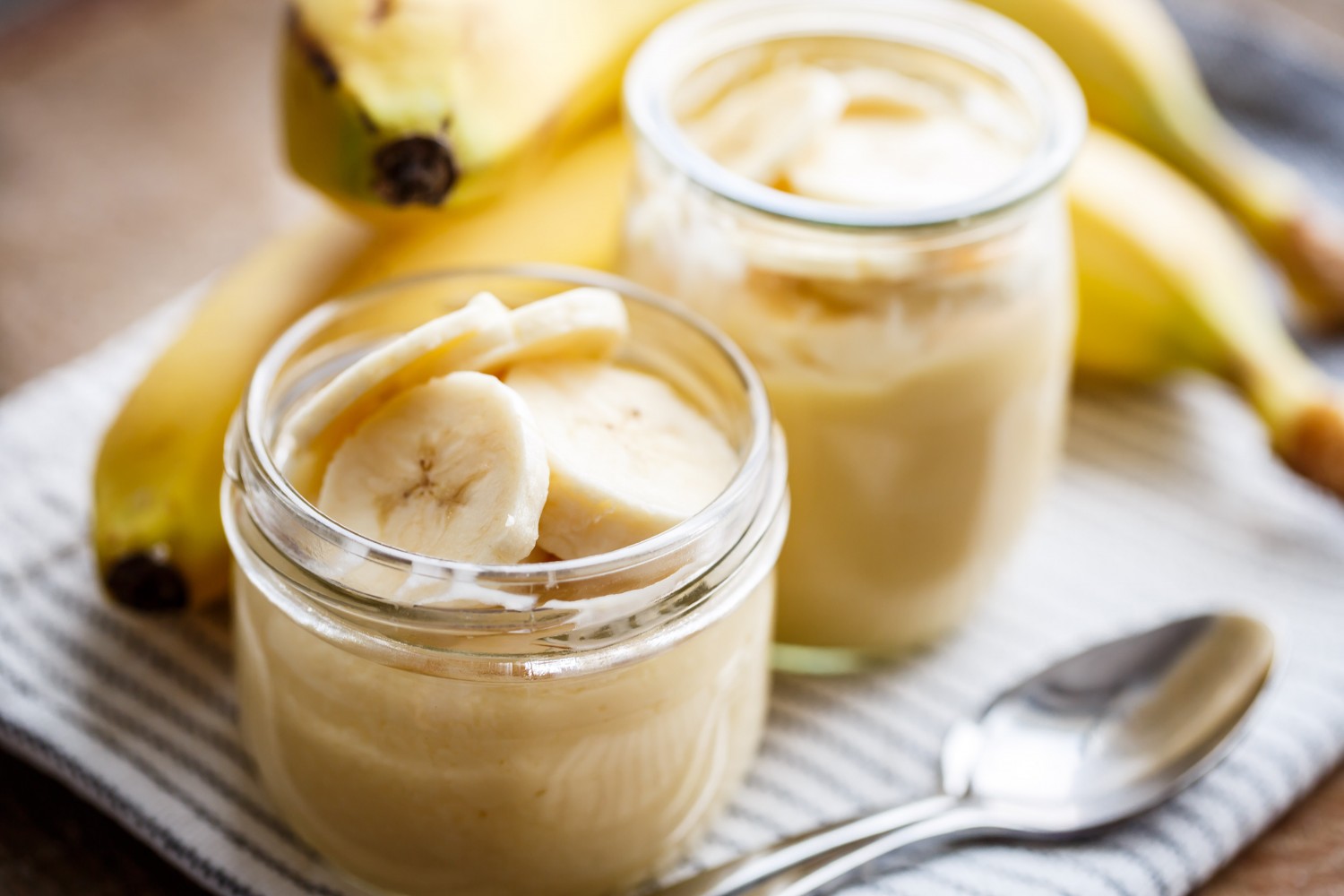

0 thoughts on “How To Store Banana Puree For Baby”